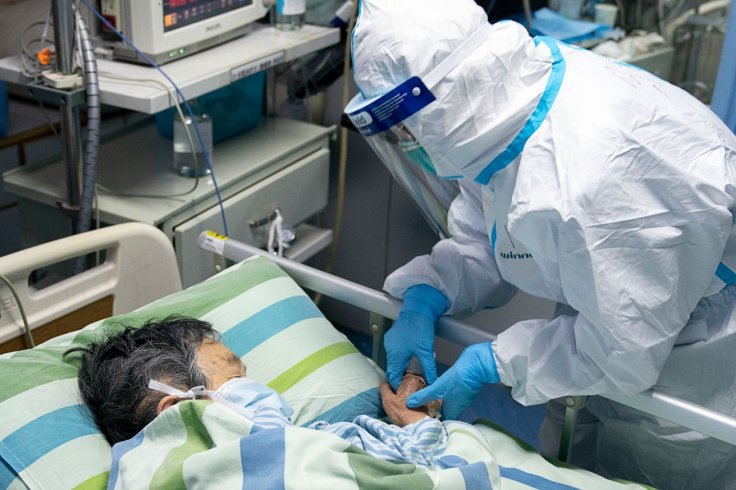While US congress approves $8.3billion in spending to fight Coronavirus as the country recorded 11 deaths due to the COVID-19 outbreak, now more than 78 countries, including Italy, Iran, South and North Korea are struggling to minimize the spread of the virus.
Even though there is no vaccine available to fight against Novel Coronavirus and scientists from all around the world are trying to find a solution as soon as possible, knowledge about how this virus spreads and which areas play host to the Coronavirus may help people not get affected by COVID-19.
The spread of Coronavirus
It should be mentioned that as per the scientists COVID-19 could survive on some hard surfaces and objects. Door handles, escalator handrails, self-service checkouts could become key to containing the spread of the Novel Coronavirus that could survive on these hard surfaces for upwards of 24 hours. Even earlier this week, World Health Organisation (WHO) also mentioned that the banknotes could be the hosts to spread the virus because of the rate at which they change hands and its ability to carry bacteria as well as virus.
New research conducted by Singapore scientists and published on Wednesday, March 4 in the Journal of the American Medical Association (JAMA), it was revealed that Novel Coronavirus patients extensively contaminate their bedrooms and bathrooms. The researchers behind this new study expressed that routinely clean high-touch surfaces, basins and toilet bowls are the most important work a person can do to combat the new Coronavirus.

Research on the spread of Novel Coronavirus
Researchers at Singapore's National Centre for Infectious Diseases and DSO National Laboratories who conducted this new study claimed that the virus could be killed by twice-a-day cleaning of surfaces and daily cleaning of floors with a commonly used disinfectant. This particular finding suggests that current decontamination measures are sufficient if people stick to them.
This study was published after researchers studied three cases of those patients who were held in isolation rooms between late January and early February this year in China and the pathogen spread extensively through hospitals, infecting dozens of health care workers as well as other patients.
This research revealed that following the basic protocols of cleanliness is important to prevent the transmission of the Coronavirus. Researchers stated that while environmental contamination was an important factor in the disease's transmission, its extent was not clear.

How scientists come to the conclusion?
As per the study, Singapore researchers collected samples from the rooms of those three Coronavirus patients on five days over a two-week period. One of the room was sampled before routine cleaning, and the other two rooms were sampled after disinfection measures.
The patient of the room from where researchers collected samples before cleaning, had the mildest symptoms of the three and experiencing cough, while other two had moderate symptoms, such as coughing and fever, one experienced shortness of breath and the other was coughing up lung mucus.
But scientists noted that the patient whose room was sampled before using disinfectants contaminated 13 of 15 room sites testing which includes chair, bed rail, the glass window of their room, the floor and light switches. They also noted that three of the five toilet sites were also contaminated, including the sink, door handle and toilet bowl. They said that it is possible that the transmission happened via the patient's stool.
Further research revealed that collected air samples tested negative, while swabs taken from air exhaust outlets came positive. This finding indicated that maybe the airflow carried the virus and deposited on vents.
In the study, the authors wrote, "Significant environmental contamination by patients with SARS-CoV-2 through respiratory droplets and faecal shedding suggests the environment as a potential medium of transmission and supports the need for strict adherence to environmental and hand hygiene."









